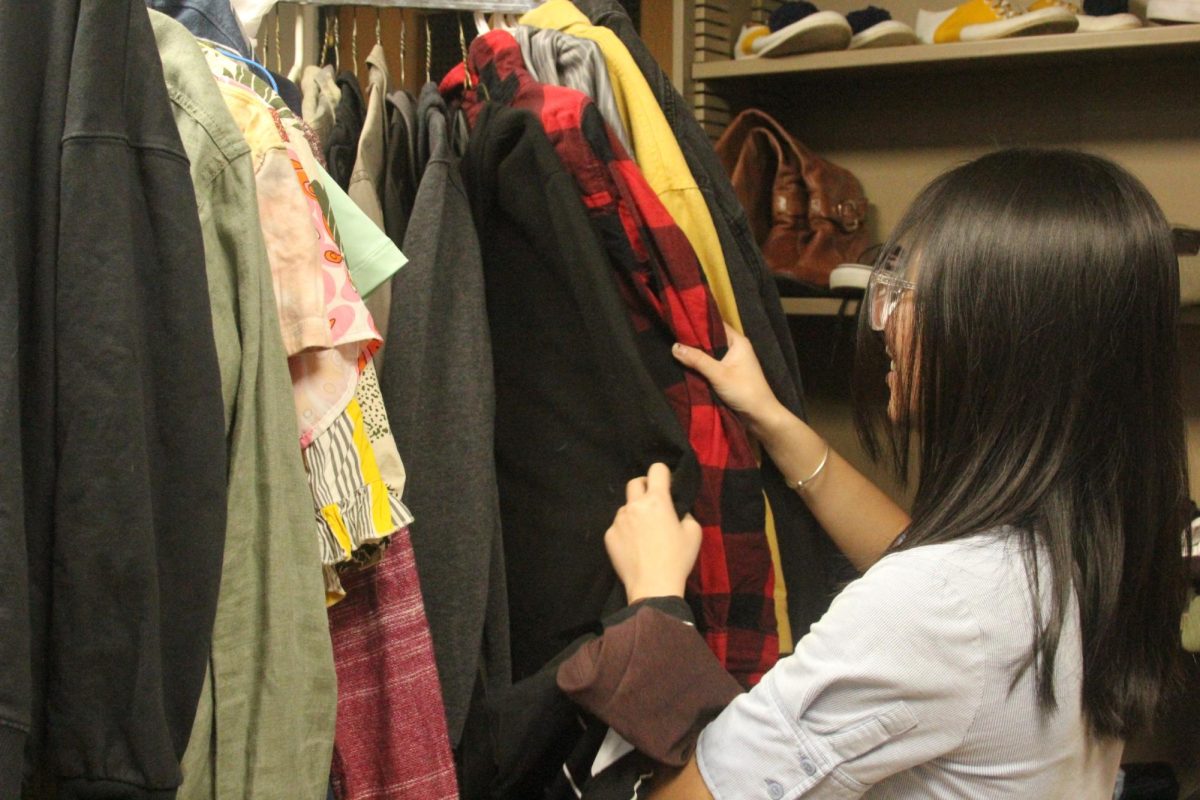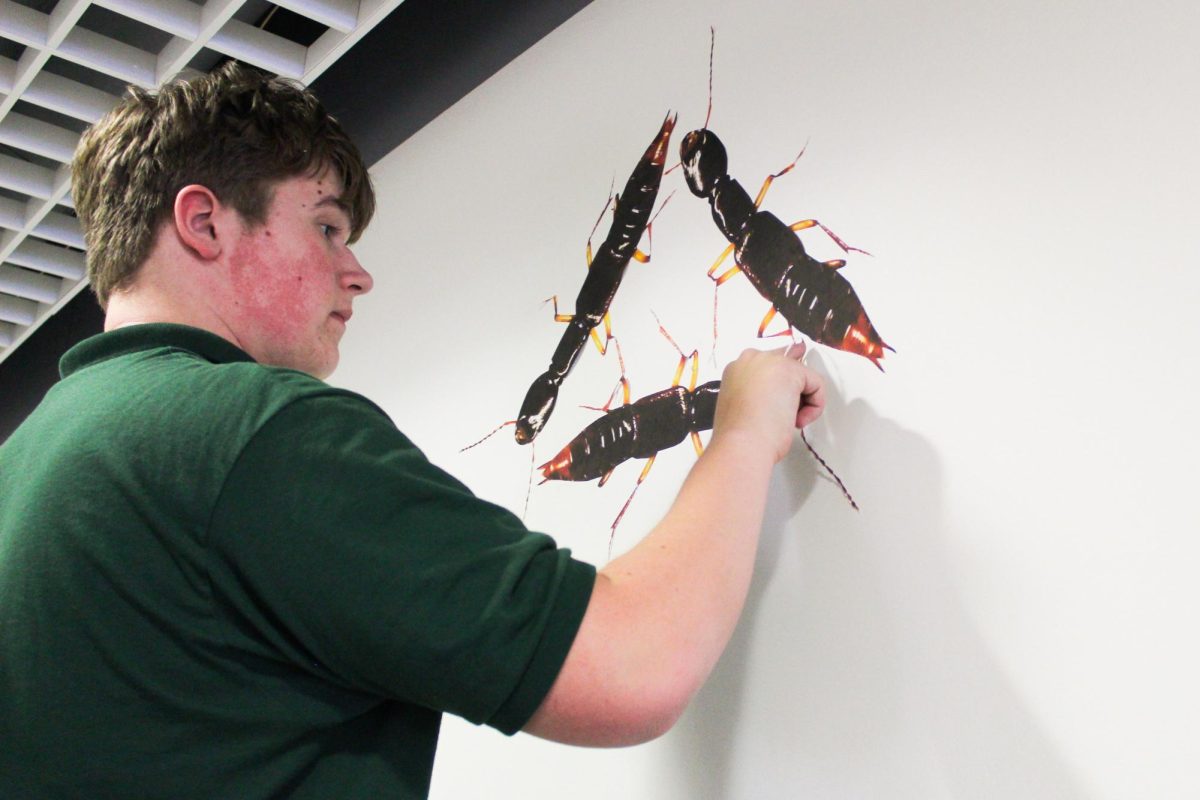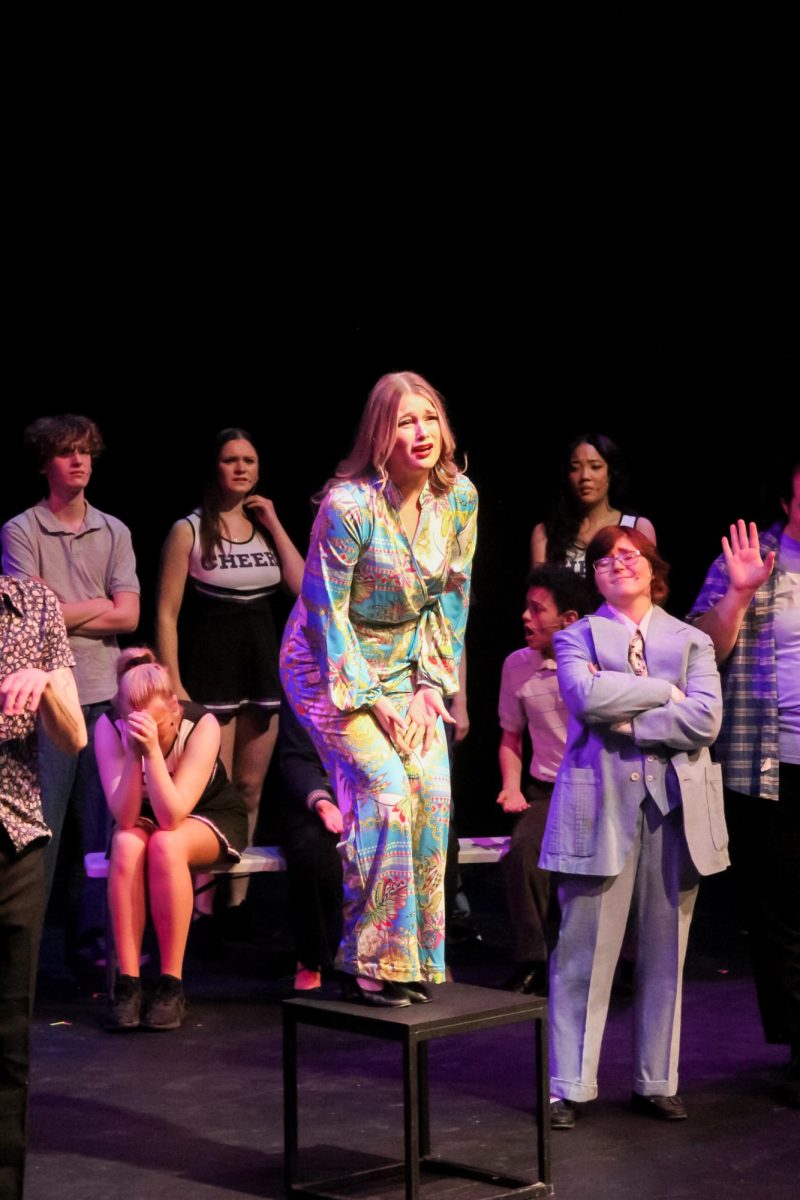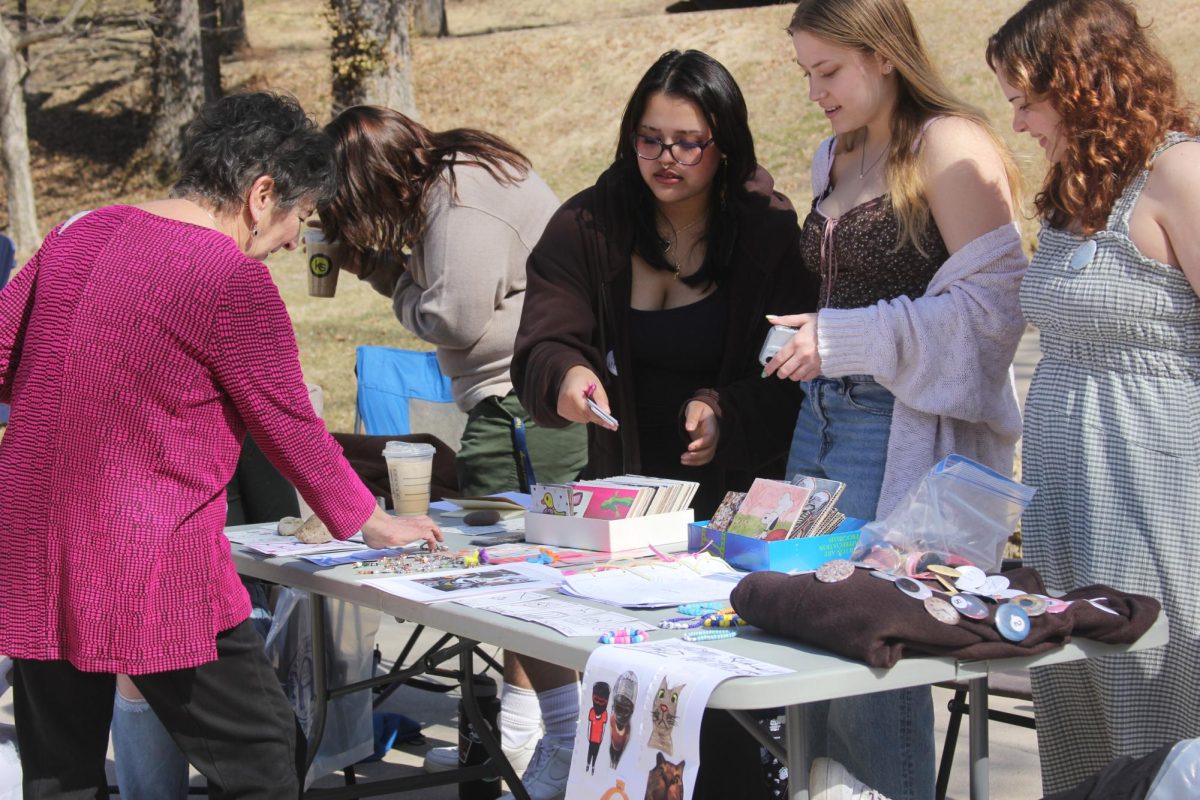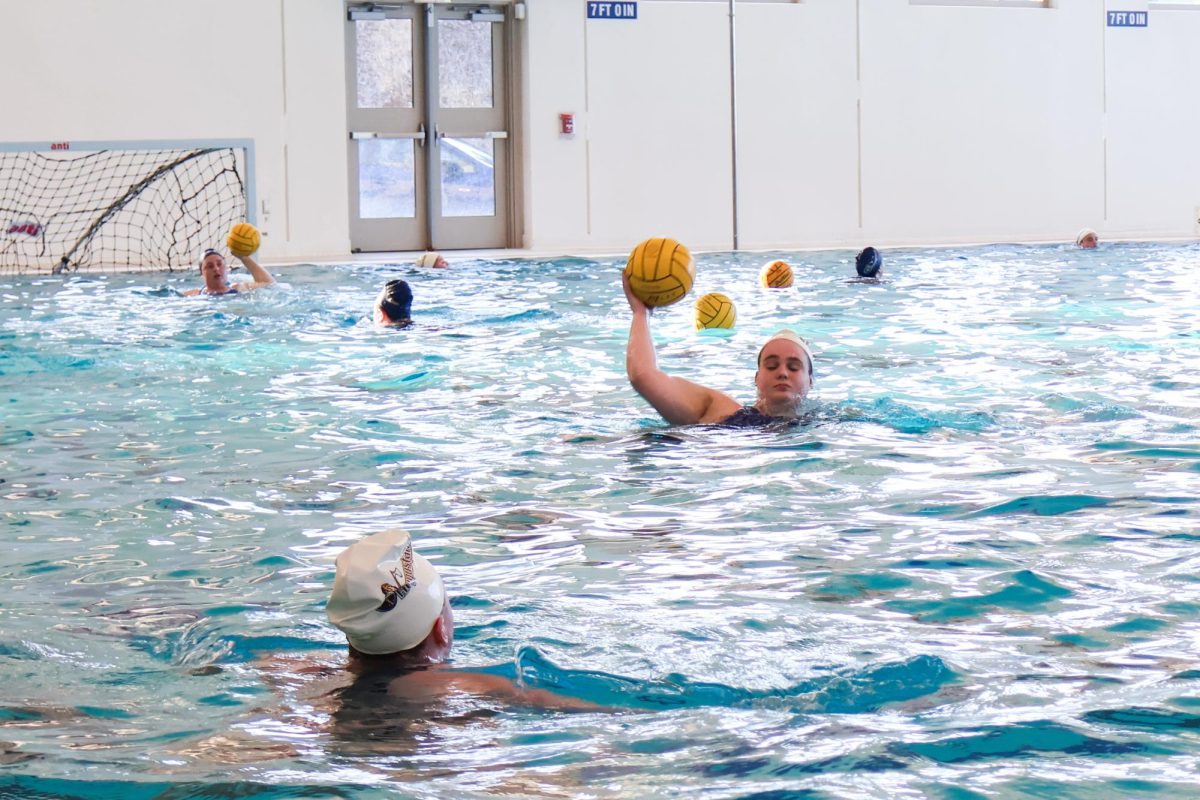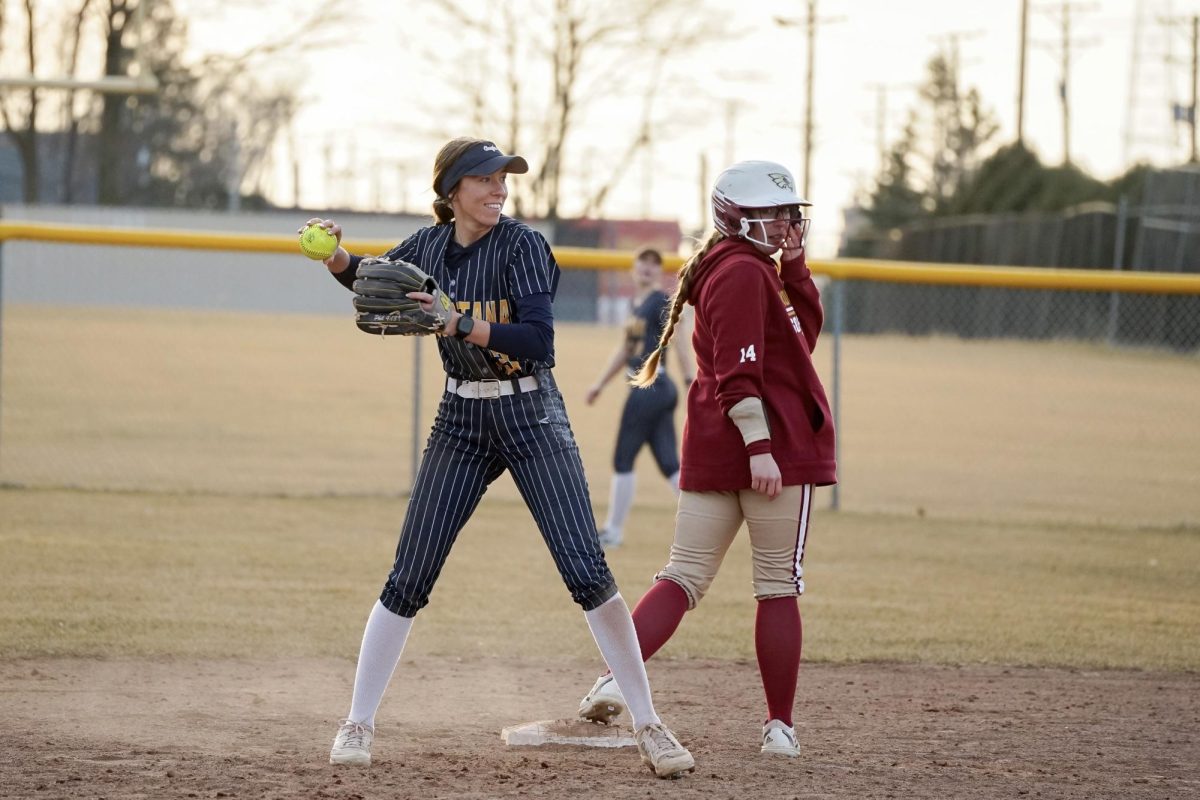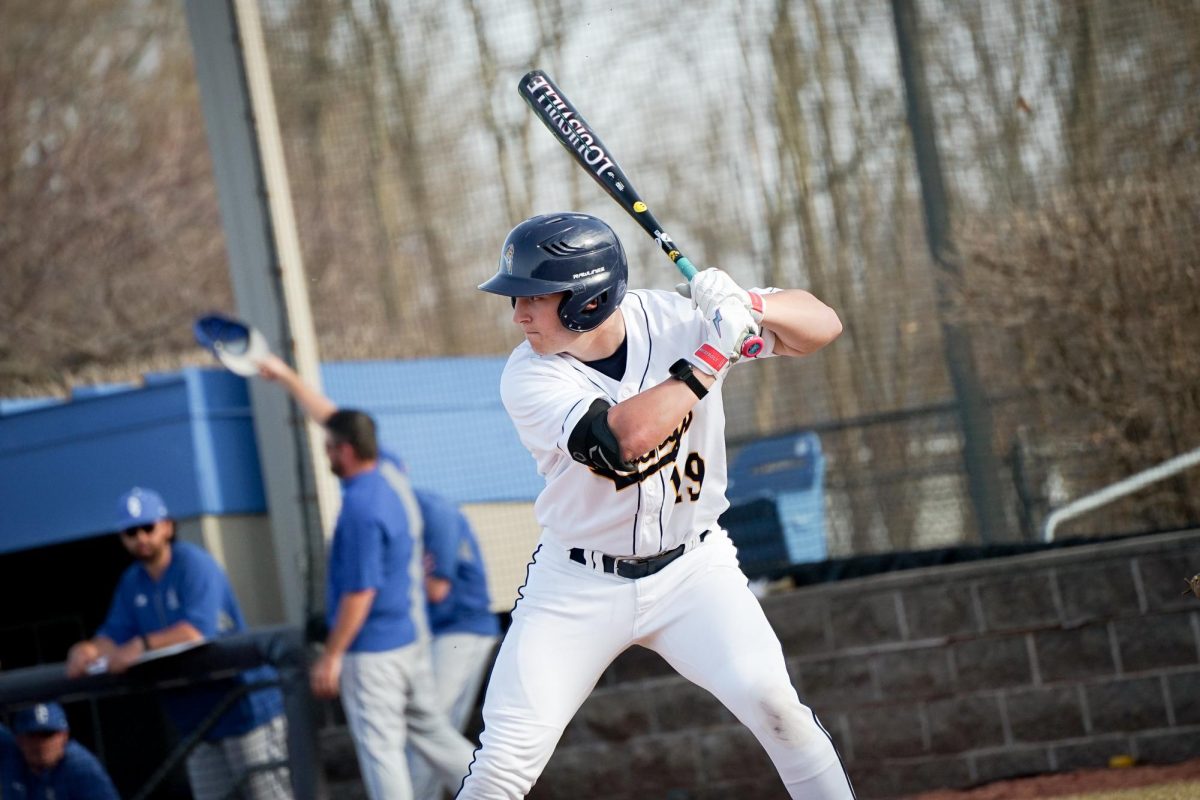
Photo by Linnea Ritchie.
After teaching two masterclasses and presenting in a Theory class, performance night finally came for the Spanish duo Ana Lencina Sánchez and José Miguel Cantero of the Sinoidal Ensemble.
On March 13, the duo performed a repertoire composed of entirely contemporary music, bringing forth a performance not commonly seen on Augustana’s campus. Unlike pop or classical, contemporary music does not have a basic form or structure to follow.
Contemporary music may have no visible pattern, in contrast to pop. Many contemporary musical pieces can be considered as throughcomposed, where each second is a new moment of musical creation, while small ideas may return throughout, and never create a musical theme.
For those who don’t know the music convention behind contemporary music, while the music has notes, it is not necessarily contained within the western scale, giving it a quality apart from what pop listeners would be conventionally comfortable with.
During the performance and presentations of the Sinoidal Ensemble, a key point they addressed was contemporary music challenging the delineation between sound and music. Much like Augustana’s Randall Hall, associate professor of music, the duo combined instruments with technology, and the effect was an intriguing hour of exploration into the very base of modern music theory.
In their first piece “Adria,” by Christian Lauba, the pair stood before several feet worth of music and explored the large amount of sounds that two alto saxophones can make, from musical pitches to growls, clicking of the keys and the flowing of air.
The piece “Juventae Chasma,” by Spanish composer, pianist and visual musician, José López-Montes, integrated video and audio recording with live performance to create a fully immersive experience bringing listeners to the Juventae Chasm on Mars. The video accompaniment had a contemporary quality that was as entrancing as the music which it accompanied, holding the audience in a silent trance.
Performing together, along with live-electronics, the duo continued for five more compositions, each as intriguing as the last, and explored another facet of what makes the base of sound into music, from clicks, whirs, grunts, vocalizations, notes, swings, sways and growls.
The duo concluded the recital with the piece “TATATA DUO” by Jacob ter Veldhuis, a Dutch avant-garde classical composer. The piece explored the harmonies of a tenor and bass saxophone underneath a vocal track that added some sense of comedy to the professionalism of the piece.
While one who wants to see a musician cringe should ask them what the definition of music is, in their recital, “Spanish Music of Today,” the Sinoidal Ensemble had done just that, and provided proof that a wide variety of sound can be considered music.
